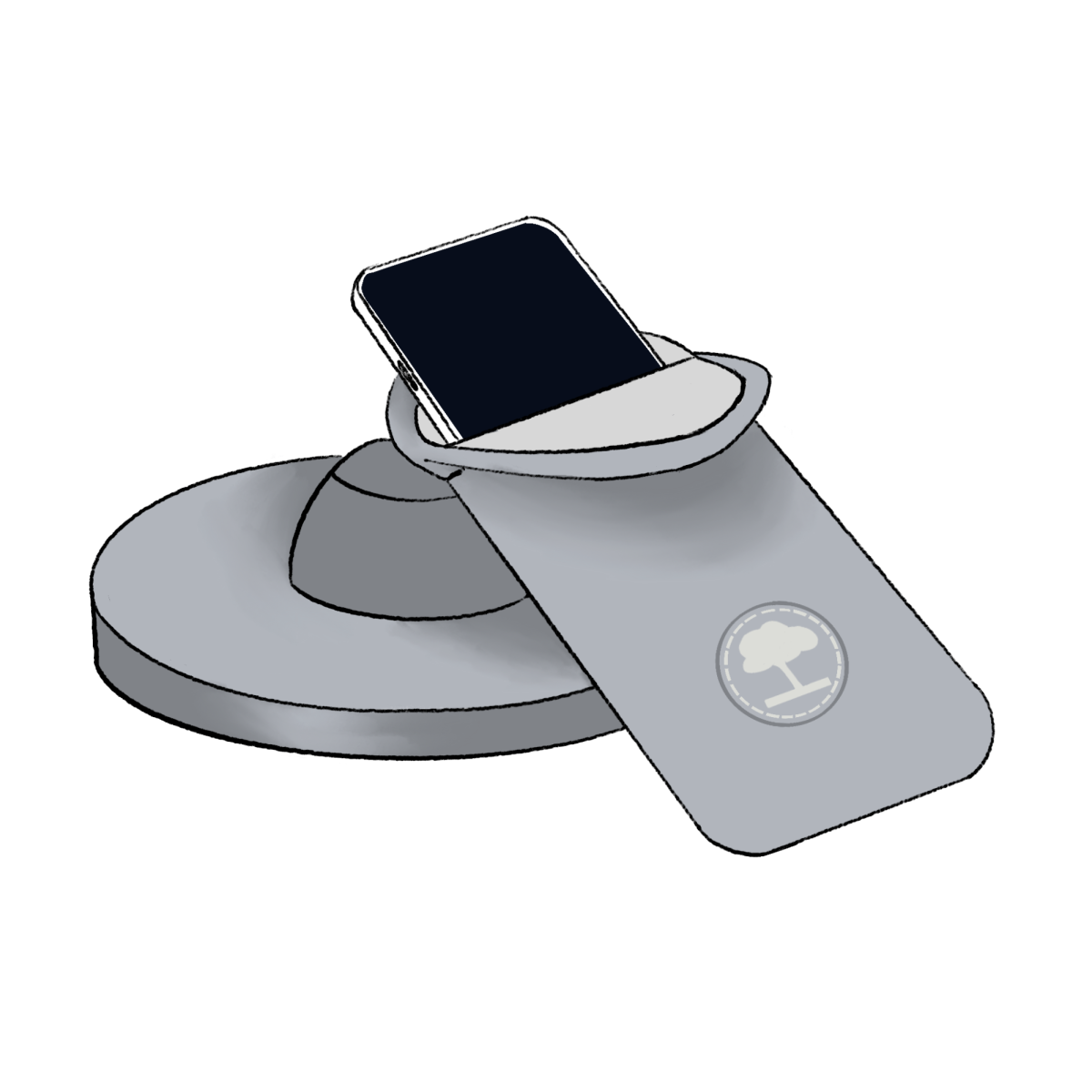Hoping for better academic results in the 2025-2026 school year, Santa Clara Unified School District has decided to implement Yondr pouches. Many at the district believe the pouches will keep students off and away from their phones more effectively than a no phone policy.
As recognized by SCUSD board member senior Ren Brown, cell phones have posed many challenges at SCHS, including being a distraction and prohibiting students from engaging with their peers. Next year, students will be required to place their phones inside their assigned Yonder pouch from the start of their school day to their last class. Brown believes that Yondr pouches are necessary to see the change in student growth.
“The purpose of this (Yondr pouch implementation) is to help students be not distracted in class and help bring back healthy socialization and habits around the campuses,” Brown said. “The pouches, in my opinion, will have a great effect on the students, especially the first couple of weeks. It will be hard getting into the habit of not having your phone on 24/7.”
Moving forward, all schools in SCUSD will have to take part in the Phone-Free School Act. Vice Principal of Activities Sharon Freeman asserted that this change is not just for SCHS but also middle and elementary schools.
“The reason this is coming about is because the state of California has implemented a Phone-Free Schools Act, and so it’s supposed to limit phone use during school hours. It is up to the schools and the districts to figure out how that works best for them and with all of the schools,” Freeman said. “Next year in elementary through high school, all of the schools will have packs because even elementary kids – fourth or fifth graders – have phones now too. The logistics of it is still kind of up in the air.”
Due to the change, Freeman shared that many students and teachers will have to adapt. Numerous events that require students to take photos of and get online updates will no longer be possible next school year.
“I think the con will be in my job, activities. We’re gonna have to change some of the things we do. Apple Pay and Google Pay is so you can pay (for the student store),” Freeman said. “I communicate with the leadership students through an app that we use to be able to connect. It’s just rethinking how we connect with one another and planning ahead.”
In order to plan for the upcoming school year, some SCHS students and staff visited San Mateo High School, where Yondr pouches have been used for the past five years. Culinary arts teacher David Keith explained how different the students interacted at SMHS and related it back to when he was in school.
“When we were at San Mateo High, a lot of the students had a nutrition break. They were out there talking about things. They’re communicating with each other, not worrying about having the phone as a distraction or anything,” Keith said. “I remember when I was a kid, sometimes words were spoken at lunch and then there’s fights after school. Usually, the phone can add a lot of drama.”
Even with the social benefits mentioned by Keith, concerns about safety remain relevant. Freeman explained that most students are worried about not being able to call for help or contact their parents without their phones. After speaking with some police officers, she was informed that students should not be calling for help whether they have a phone or not. They should be trusting that help has already been contacted.
“When we went to San Mateo High School, some police officers and the parents there had said, ‘If there’s an actual emergency on campus, students shouldn’t be reaching for their phones. They should be paying attention to their surroundings, listening to the adults that are there,’” Freeman said. “Calling home could be more of a distraction, or more of a problem, or more noise than there should be, tying up phone lines, all of those kinds of things.”
Understanding people’s concerns about the change, Freeman advised that students and staff should be open to trying new things, even if it feels intimidating.
“I know people are scared because they don’t know anything other than this, but I think it’ll be a good thing. These students just have to be open to it,” Freeman said. “This vulnerability of being away from constant interaction on social media, we’re hoping that people will try interacting with one another.”


